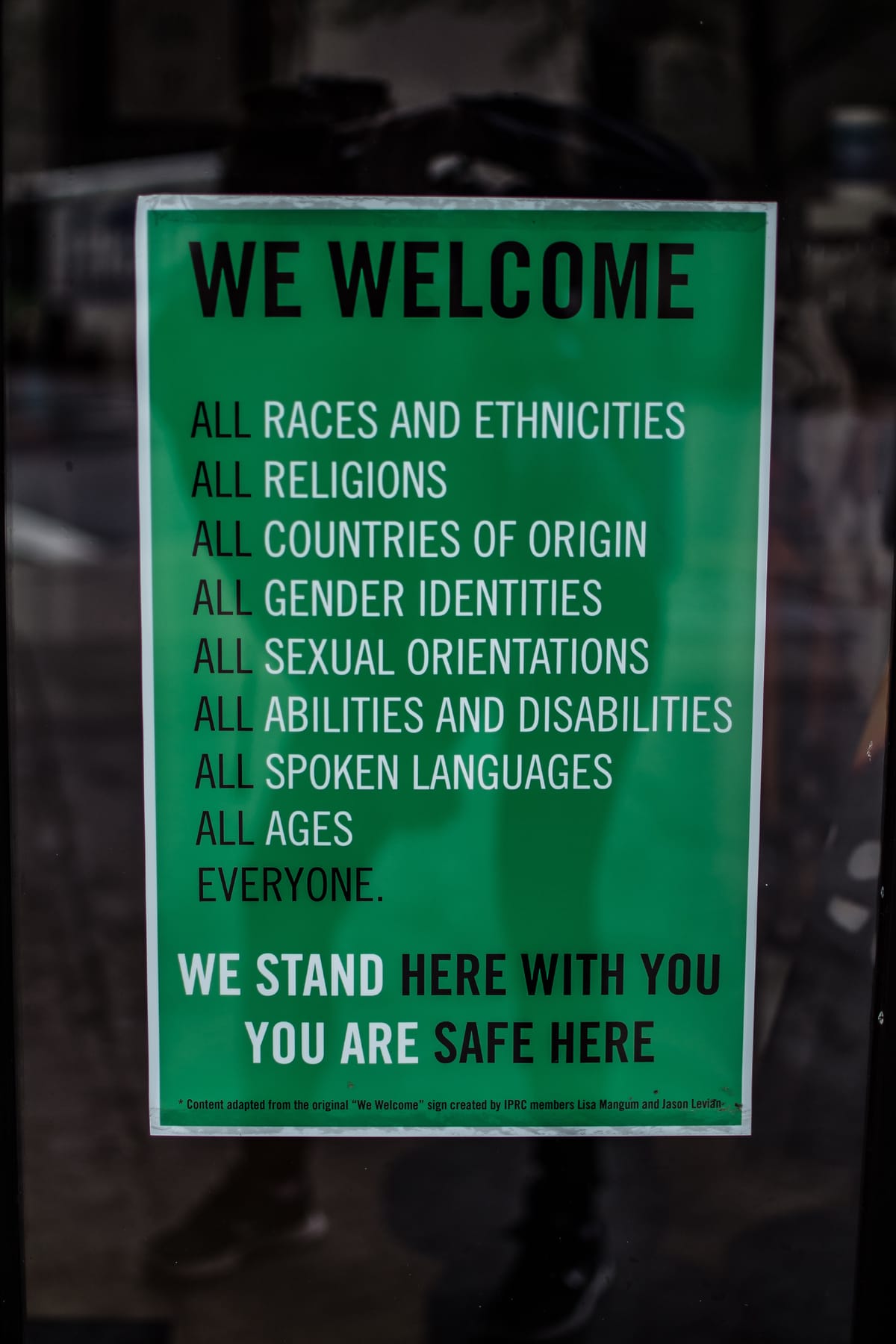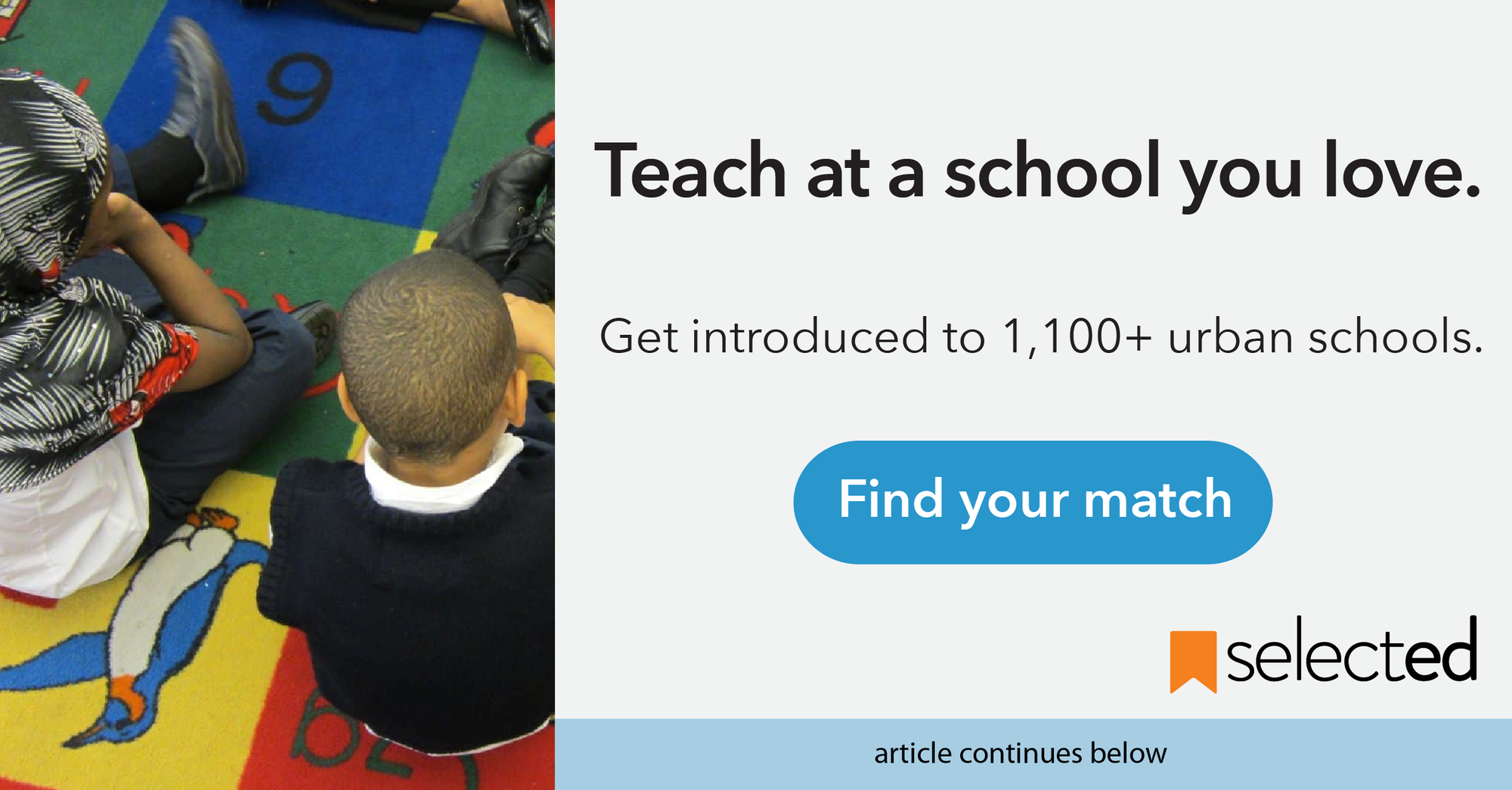The Diverse Classroom: Community Building Activities That Are Truly Inclusive
What activities can teachers do with students the first week of school that will truly feel inclusive? How can we make sure that students feel that they are heard, appreciated, accepted, and free to express their ideas? We called in two experts for this great task.

We always have the best intentions when we plan community building activities for that first week of school. Don’t we want our students to feel a sense of belonging? Of course. Academically successful? Yes! Proud of their uniqueness? Absolutely. Free to express ideas? One hundred percent! Unfortunately, sometimes the activities we plan inadvertently have the opposite effect on some students, excluding them from feeling part of the larger community. And we definitely don’t want that!
As students navigate their own identities during these crucial years of schooling, it’s important that they feel they can identify with their peers and the world around them. When they feel they can’t, problems arise that we are all too familiar with, such as decreased participation, low self-esteem, and feelings of detachment.
This issue is particularly critical when there is disparity between the backgrounds of teachers and those of students; such as the teacher having a far different background than their student population. Current statistics show us that Generation Z — students born between 1997-2012 — is the most racially and ethnically diverse generation to date in the U.S., with 48% reporting as people of color. At the same time, teachers in the U.S. are still 82% white, according to a survey conducted by the Department of Education in 2015 (this survey is conducted every four years).
Knowing how diverse our current student population is, we have to ask ourselves: What activities can we do with students that will truly feel inclusive? How can we make sure that students feel that they are heard, appreciated, accepted, and free to express their ideas?
As we enter those crucial first weeks of teaching, we called in two experts to help us uncover the types of lessons and activities that would foster feelings of belonging, academic confidence, and cultural pride through problem solving and critical thinking. Meet Tomi Okuyemi and Arry Kaur, both New York City educators who have led diversity and inclusion initiatives throughout their teaching careers. Their suggestions are not only approachable, but effective and impactful for virtually all grade levels and subjects.
ACTIVITIES
Inside/Outside Self Portrait
Students are asked to draw a picture of themselves. Underneath, the following two prompts are written: 1) “On the outside you can see that…” and 2) “What you can’t see is…”
Why: This gives students an opportunity to share things that others might not know about them, and address what they may feel are misconceptions.
Surveys
Ask students questions about their families, what they like about school, what projects or assignments they have enjoyed in the past, what they love about themselves or what they are struggling with, what they feel passionate about, or anything else they want their teacher to know. Assure them that their responses will be private.
Why: The teacher can use this opportunity to learn about students’ families and their academic needs that may not be initially apparent.
Summer Sharing
Instead of asking a common surface-level question, such as “How was your summer?” here are some alternatives. Ask students to write about something that made them smile, or made them happy. Did they try something new, do something challenging, or meet a new person?
Why: Sharing these responses helps to build student-student relationships as well as teacher-student relationships. Asking a question such as “How was your summer?” can be anxiety-inducing for some students, who might feel pressure to compete with their peers about summer activities, events, and trips.
Name Game
No matter what grade level or subject you teach, it’s important to have some form of introduction in your class. Students should share their names and why their names are special to them. Everyone else should repeat the name until the student is satisfied with the pronunciation.
Why: Many students have names that are often mispronounced, and they learn to settle for inaccurate pronunciation.
Where In The World Are You Connected?
Display a large map of the world, and students can use thumbtacks or dot stickers to show the different places they are connected to. (For younger students, we recommend they check with their parents first as they are often unsure. They should also only be provided with a set amount of tacks/stickers).
Why: Curiosity is sparked among students about cultural background, and both similarities and differences are represented.
Venn Me
Students are given a venn diagram to complete. One circle is labeled “How I see me,” and the other is labeled “How others see me.”
Why: This gives students an opportunity to share what they wish others knew about them. Where there is an overlap, it may validate their own self-perceptions.
Family Photographs
Ask students to bring in photographs of their families, or photos of people and things that are important to them. Bring in your own as well. Include an area of the classroom to post these photos so that students can bring them in on a rolling basis. Plan an activity where students discuss or write what makes their family unique. Bonus: Find out what languages are spoken in their homes, and decorate the board with greetings, such as “welcome,” “hello,” etc. in these languages.
Why: It will likely help students feel represented in their classrooms, make the space where they will be spending so much time feel more familiar, and give more insight into each others’ lives, ultimately building a stronger community. It also addresses potential social stereotypes.
Lunch Sharing
Facilitate a discussion to share what each student might bring for lunch, or even consider modeling and creating a chart with what to say/not say when a student has questions about another student’s food. When you model what to do, bring in a food students are likely unfamiliar with and use it as an example.
Why: Students may feel self-conscious if the food they bring for lunch or snack is different from what other students are used to seeing. Addressing the issue head-on could prevent feelings from getting hurt during lunch time, when a teacher is often unavailable to intervene.
Everyone Tries
Chances are, many of your students will require special accommodations to do their best learning. Even if they don’t have an IEP or special services, most teachers do provide scaffolding in the form of small group instruction, graphic organizers or special materials. In the first few weeks of school, each student should have the opportunity to try each of these, coupled with a class-wide discussion on why and how we use them. Tie in the concept of fair vs. equal and what this means for students with different needs and learning styles.
Why: This activity cultivates respect and awareness of others’ learning needs, and possibly their own.
Final Thoughts
When you are facilitating these activities and the conversations associated with them, take the time to notice students’ responses, their behaviors when exploring these concepts, and the questions that arise. Use this information to plan follow-up activities and future curriculum.
We hope you are as inspired by all of these suggestions as we are! If you decide to try one or more of these activities in your classroom, we promise you won’t regret it. And If you have additional suggestions for activities, email liz@getselected.com. Have a great first few weeks of school!
Our Contributors
Tomi Okuyemi has a passion for creating excellent educational environments that are truly inclusive. During her many years in education in various schools in NYC, she has designed professional development and led several diversity and inclusion initiatives. Tomi is currently serving as a Principal-in-Residence at Brooklyn Prospect Charter School and recently completed her Masters in School Leadership at the Harvard Graduate School of Education.
Arry Kaur has co-founded and facilitated various diversity and social justice committees during her time as an NYC teacher, and has a passion for raising teachers’ self-awareness and the result on student interaction, and enriching curriculum for her students to include more perspectives and to promote social change.
About Selected
Selected helps teachers find jobs at schools they love. We offer a free school matching and career support platform for teachers that connects them with 1,200+ PK-12 public and independent schools in urban metro areas in the Northeast and West Coast, including New York City, NJ, CT, Philadelphia, Washington DC, Boston, and Los Angeles. Create a FREE teacher profile in 5 minutes and connect with hiring schools immediately!





